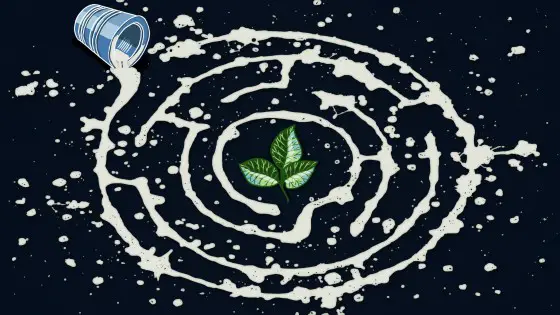What paint do you use on walls? Paint is one of the most harmful substances in the house. Which paint to choose to minimize health risks? Manufacturers use hundreds of chemicals in paint production, and the final product often contains toxins. These include heavy metals and volatile organic compounds.
Some of these can be carcinogenic, for instance, cause cancer. Once you apply them, these paints continue to emit harmful substances for at least six months, and often much longer.
Fortunately, there are now many environmentally friendly, and almost harmless types of paint on sale. Let us look at them.
What Paint Do You Use On Walls
What Paint Do You Use On Walls
Use a water-based solvent, an industrial hair dryer or a scraper to remove old paint. Well, and of course, good old manual labor. On the other hand, chemical solvents make repair life much easier.
However, they contain so much harmful that it is better to work a little harder at first, but then – longer. Avoid this kind of solvents, so you do not have to breathe dichloromethane and methylene chloride, which belong to the carcinogens.
Types of Environmentally Friendly Paints
Ceiling paint: it’s a mixture of casein (a protein contained in milk), and a mineral pigment. Such paint is laid evenly, and after drying, the surface becomes smooth and matte.
Lime whitewash: consists of lime and natural pigments, and looks great on the wall surface. You can use it for both external and internal finishing.
Natural/organic paints: it’s usually made from vegetables and mineral extracts mixed with natural oils or resins. Some of these paints do contain harmful compounds such as titanium oxide or natural perfumes. However, you cannot compare their effect on health with conventional paints.
Paints without volatile organic compounds: they differ from conventional paints only in the absence of these very compounds. Most of the time, they are expensive.
What Paint Do You Use On Walls – Tips for Environmentally Friendly Wall Painting
Choose Safe Paints
For some reason, you may not consider buying absolutely natural paint. If that is the case, choose one in which the volatile organic compounds are either completely absent or their content is minimal.
This is especially important when it comes to painting the walls inside the house. Remember water-based paints are generally safer than oil-based paints, but they also contain many harmful chemical additives.
Do Not Remove Old Paint Layer
If possible, do not remove the old paint layer, but apply a new one over it.
Wear a Mask
During the preparation for painting and the painting itself, work only in a mask. This way, you will avoid dangerous chemicals entering the respiratory tract.
Remember that these masks are only sold in construction stores, and are different from those available at the pharmacy. The latter may not miss the flu, but not paint fumes.
Check For Toxic Paint
If you have moved into a very old house, keep in mind that until 1950, the paint as a fixer included lead, extremely toxic in its properties. So if you have the slightest doubt, take a piece of paint that you suspect to the lab for chemical analysis.
If experts determine that the removal of such paint from the walls of the apartment is vital, look for specialists. They will safely and professionally cope with the task. Moreover, you should not trust a single repairman, promising to do everything in the best and most budget form.
Wash the Wall
Prepare the wall for painting. For example, wash the wall with a solution of soda and water in proportions of 125 g per 500 ml.
Depending on the required “strength” of the solution, adjust the amount of soda. Say, for the “soft” composition will be enough 15 g, and for a strong increase in the amount of soda to 250 g.
Ensure Air Circulation in the room
No matter what kind of paint you use, make sure that air is circulating in the room. If time permits, ventilate the room after coloring for a week and only then move into it.
Conclusion – What Paint Do You Use On Walls
By giving preference to less harmful paint and applying it correctly, you make not only your home but also the environment clean in every sense. And someday the next generation – not just your grandchildren – will say thank you.

